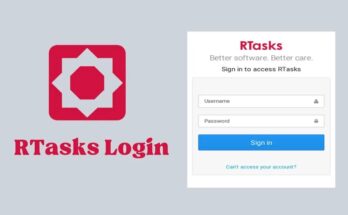There is no shortage of scary news when it comes to the world of cybersecurity. With so much being done online and through the cloud, organizations need to think about how they can protect themselves against network threats. Firewalls are one answer to this concern. Here’s what you need to know about network firewalls.
What Are Network Firewalls?
Firewalls have been around for decades. They’re truly one of the oldest forms of network security solutions. But don’t think of firewalls like the floppy disk. Use cases for firewalls have held up to the test of time.
On the most basic level, a firewall investigates network traffic and determines what’s acceptable and what needs to be blocked from getting through. By investigating packet information, firewalls are able to decide if a certain device or application is safe or not. Over time, the scope and scale of firewalls have changed along with evolution in-network threats.
What You Need to Know About Network Firewalls
It should go without saying that the firewalls of the 1980s aren’t going to be compatible with users’ needs today. This, however, doesn’t mean firewalls can’t provide massive value to your security stack. Modern firewalls are known as next-generation or next-gen firewalls.
Next-generation network firewall security takes the capabilities and reaches of firewalls to a whole new level. While still being a perimeter around your network assets, next-gen firewalls provide more complete security in these ways:
- Deeper packet inspection – Instead of having many surface-level rules for inspecting packets, next-gen firewalls can utilize smarter policies that can accomplish higher levels of security with less intervention.
- Multi-zone network firewalls – One of the innovations of next-generation firewalls is multi-zone network firewalls. This effective approach to firewall protection creates different “zones,” which create inherent boundaries where assets can only connect through limited channels. This helps to organize network assets based on various properties and risk levels, while also enforcing a more effective security policy.
- Different levels of managed services – The scope and scale of IT, its functions, and how it blends with all enterprise operations, keeps entering murkier waters. With modern, next-gen network firewalls, it’s not uncommon to have them delivered in some form of cloud-based, managed service. This means there will be a level of external management working with internal teams.
Opting for a managed service can be beneficial for a few reasons. For starters, going with as-a-service solutions requires a less initial investment, while also putting cutting-edge, managed services at your fingertips. For most organizations, it will be impossible to do a better job by solely building an internal team. Many don’t realize that data breaches are particularly harmful to medium and small businesses. By leveraging managed firewall solutions, it’s possible to get your security to an adequate level.
There’s another advantage to going this route: 24-7 support from some of the best engineers in the world. You’re not going to be able to assemble that kind of security on your own. Furthermore, firewalls, while still a great security solution, aren’t going to be comprehensive—no matter their quality. You’re still going to need other elements as well.
When you opt for a managed solution, you can find a provider that offers a wide range of services and tools. This will allow for integration between elements like endpoint detection and response (EDR) tools, your next-gen firewall, and the virtual network layer provided through an SD-WAN or SASE offering. Clearly, there are many things to know and consider when evaluating a network firewall. Ultimately, look at visibility, control, scale, and cost. When those elements are working together, you’ll find the right firewall for your needs.




